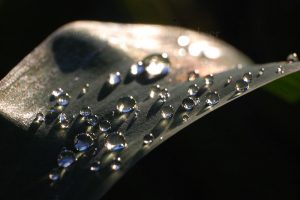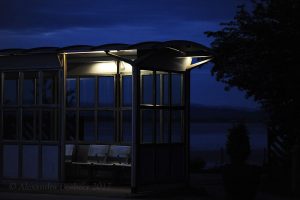Writing with light
Yesterday, I had the opportunity to spend a few hours talking about cameras and photographs with the participants in one of my ‘tips and tricks’ photography workshops. It was a very bright day, with summer sunshine revealing a landscape etched by harsh light and shadows. These sunny days inspire many hobby photographers to bring out their cameras and ty to capture the strong colours and the sense of contentment evoked among people living in the northern zones when the sun feels fierce and warm.
Ironically, bright light and harsh shadows are not the best for photography. The landscape is awash with light and reflections, of dazzle and contrasting black shadows. This is the time to use a polarising filter, just as we use sunglasses in harsh sunshine, to reduce glare. However, considering more broadly why a lot of sunshine may not make better pictures, can help deepen our understanding of good photography.
‘Drawing with light’
The literal translation of the word photography – ‘drawing with light’ – provides a metaphor which can help clarify why bright days are not always the best for photography. A drawing is made up of lines on a page, usually dark lines on a paler page. If the lines were the same colour as the page, or if the lines covered the paper too thickly, the drawing would be difficult to view and to interpret. It might resemble more of a scribble than a drawing.
Similarly, a photograph must also have lighter and darker portions. The photographer can choose the proportions – a dark background can highlight a bit of white, and a brightness can be the background to the dark. One of the disadvantages of some automatic setting on cameras, is that it ‘assumes’ the best image is evenly exposed. But it may not be what the photographer wants: an overexposed, washed-out background (or, an underexposed, dark background) can help bring the viewer’s attention to main element in the picture.
Just a bit of light
My personal preference is for photography at start and end of daylight. The blue hour, before sunrise and after sunset, offers a magical context for a shot, and a contrast to an object lit with electrical light (part of the scene, or provided by flash). Low light photography also permits long shutter speeds, which provides opportunities for more magic: movement of flowing water, fluttering of leaves, and other movement into the photo.
Go ahead and try someting new – take your camera out in evening dusk or a rainy day, and see what some delicate drawing with gentle light can be done with your camera!

